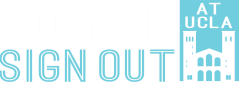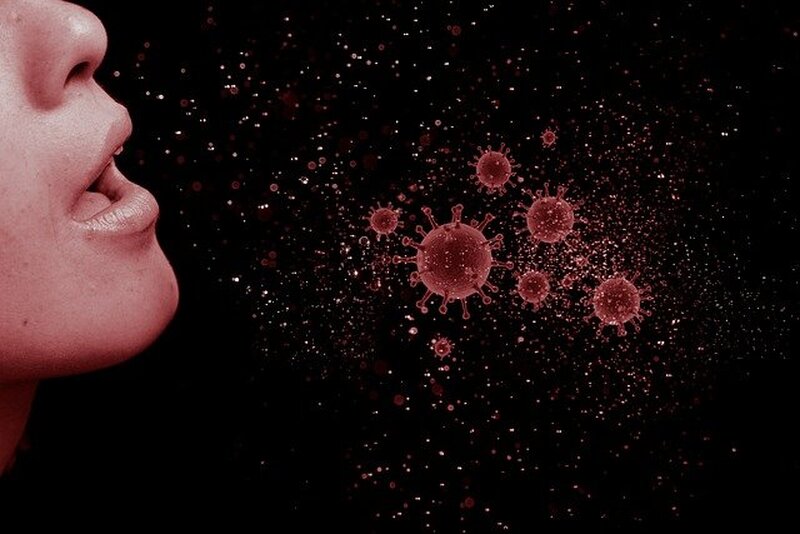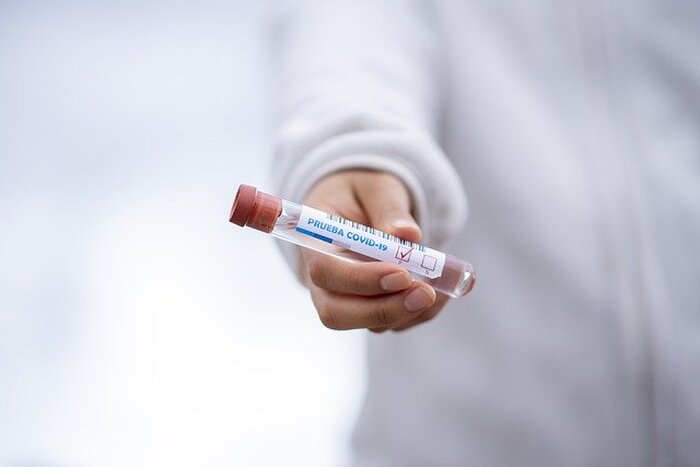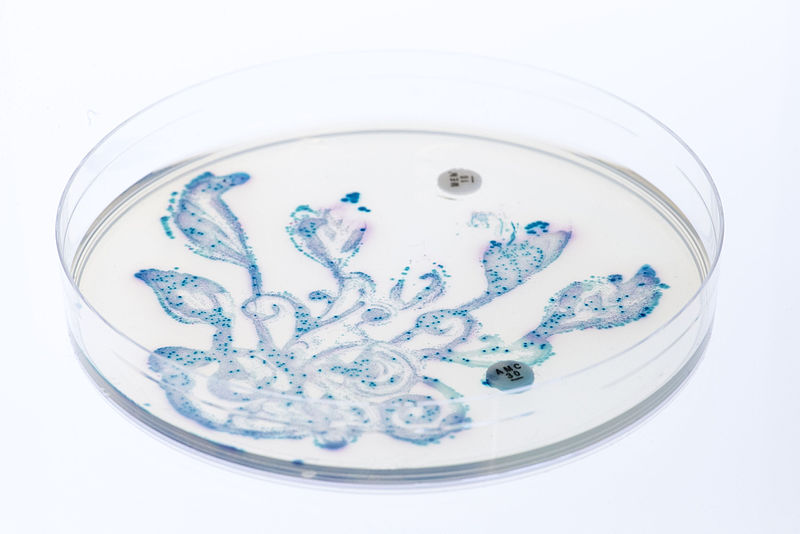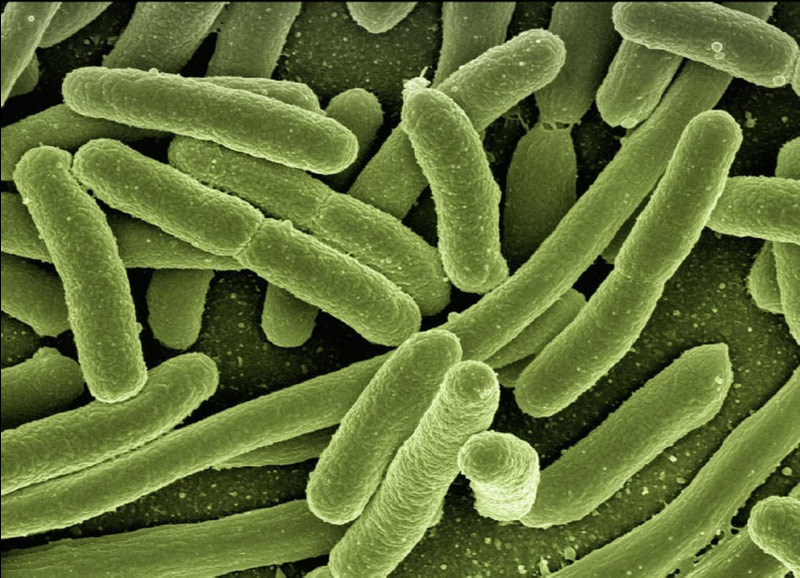An Imperfect Condition: The State of COVID-19 Testing
Global headlines have now been dominated by the COVID-19 pandemic since December, and what was likely a distant threat has now reached our own communities. In response, governments and public health institutions have ordered people into quarantine while scrambling to implement testing procedures. With rapidly evolving information released by both these organizations and the media, it is necessary for the public to understand how testing plays a role in disease control and the difficulties it presents--inaccurate testing and lack of access enable the spread of COVID-19.
It is first important to distinguish the two types of tests that currently exist for COVID-19. Since coronavirus is a respiratory disease, individuals exhibiting symptoms themselves or with known exposure risks usually receive a nasal swab, while asymptomatic or recovering individuals receive an antibody blood test. While the nasal swab identifies the presence of the SARS-CoV-2 virus responsible for COVID-19, the blood test shows indicators of one’s own immune response. New research published at the start of March 2020 examined the limitations and benefits of COVID-19 testing. Since testing allows for isolation and contact tracing, many health professionals view it to be a key component in slowing the virus’s spread. However, concerns exist about the possibility of individuals becoming infected more than once or receiving inaccurate test results. Since the response to COVID-19 relies on public policy, the Food and Drug Administration (FDA) determines which tests can be used. As the pandemic escalated, regulations for types of tests were eased in order to facilitate a faster response, creating fears about safety. While test manufacturers are required to have clinical evidence of result validity, they’re not required to submit results for publication.
It is first important to distinguish the two types of tests that currently exist for COVID-19. Since coronavirus is a respiratory disease, individuals exhibiting symptoms themselves or with known exposure risks usually receive a nasal swab, while asymptomatic or recovering individuals receive an antibody blood test. While the nasal swab identifies the presence of the SARS-CoV-2 virus responsible for COVID-19, the blood test shows indicators of one’s own immune response. New research published at the start of March 2020 examined the limitations and benefits of COVID-19 testing. Since testing allows for isolation and contact tracing, many health professionals view it to be a key component in slowing the virus’s spread. However, concerns exist about the possibility of individuals becoming infected more than once or receiving inaccurate test results. Since the response to COVID-19 relies on public policy, the Food and Drug Administration (FDA) determines which tests can be used. As the pandemic escalated, regulations for types of tests were eased in order to facilitate a faster response, creating fears about safety. While test manufacturers are required to have clinical evidence of result validity, they’re not required to submit results for publication.
Image Source: fernandozhiminaicela
Access to testing becomes a particular concern during the gradual return to normalcy. Testing criteria attempts to balance a limited supply with effective measures to control disease spread. Initial priority was given to individuals with severe symptoms or known exposure; but new insights on the quarter of infected persons with minimal to no symptoms show how untested, asymptomatic individuals can easily spread the virus. Interpretation of results is also reliant on individual discretion, since an infected individual could receive a false negative. False negative test rates range from 100% when given on the day of infection to 26% when given three days after symptom onset. With the more recent antibody test for recovering individuals, the World Health Organization warns that individuals could still be at risk of reinfection.
On March 16, the FDA issued new guidelines for test production. This involves submitting data within ten days of filing for an Emergency Use Authorization and requisite test sensitivity and specificity thresholds. As of May, the FDA has also approved the first at-home kits to expand testing access. The U.S. response and current handling of COVID-19 demonstrates that policies must adapt to the situation and clear guidelines must be followed by professionals and made available to the public. The response to the current pandemic could provide insight for testing in future disease outbreaks by indicating how to balance disease containment efforts and safety, such as establishing timelines for companies to provide test data or increasing government control over testing procedures due to discrepancies at the local level. Transparency concerns about companies creating tests must also be addressed since pandemic control protocols rely on their accuracy. Overall, there are many invaluable takeaways from COVID-19 and its corresponding testing efforts.
On March 16, the FDA issued new guidelines for test production. This involves submitting data within ten days of filing for an Emergency Use Authorization and requisite test sensitivity and specificity thresholds. As of May, the FDA has also approved the first at-home kits to expand testing access. The U.S. response and current handling of COVID-19 demonstrates that policies must adapt to the situation and clear guidelines must be followed by professionals and made available to the public. The response to the current pandemic could provide insight for testing in future disease outbreaks by indicating how to balance disease containment efforts and safety, such as establishing timelines for companies to provide test data or increasing government control over testing procedures due to discrepancies at the local level. Transparency concerns about companies creating tests must also be addressed since pandemic control protocols rely on their accuracy. Overall, there are many invaluable takeaways from COVID-19 and its corresponding testing efforts.
Featured Image Source: mohamed_hassan
RELATED ARTICLES
|
Vertical Divider
|
Vertical Divider
|
Vertical Divider
|
